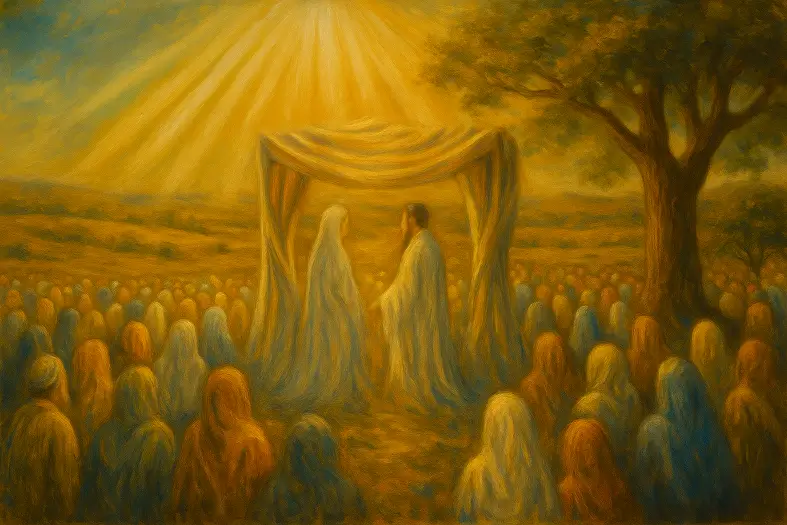


Men are forbidden from wearing womens clothing.
This mitzvah prohibits cross-dressing, where men adopt women’s clothing or adornments and vice versa. The Torah defines such acts as a to’eva (abomination), highlighting their severity. Rambam (Hilchot Avodat Kochavim 12:10) explains that this practice was connected to idolatrous worship and sexual immorality. The Talmud (Nazir 59a) links the prohibition to concerns of deceit, immorality, and blurring of boundaries set by Torah. Rashi (Deut. 22:5) explains that the Torah forbids such practices because they enable gender-based deception, especially for purposes of sexual impropriety. Ramban expands, teaching that Hashem established clear distinctions between male and female roles, and violating them undermines creation’s order. Sefer HaChinuch (Mitzvah 542) frames the mitzvah as preserving societal boundaries of modesty, preventing immorality, and upholding the Divine separation of genders.
Commentary & Classical Explanation
Contrast with Mitzvah 69 (Not to shave the beard)
Parallel to Holiness and Modesty Laws
Gender boundaries and social trends
Drag culture and performance
Professional and cultural settings
Fashion and individuality
Halachic detail and leniencies
Public Jewish identity


Mitzvot that prohibit worship of false gods and practices associated with idol worship.
Represents the concept of spiritual intentionality, purity, and sanctity—set apart for a higher purpose.
Signifies awe and reverence toward Hashem—living with awareness of His greatness and presence.
Represents Emunah—the deep, inner trust in Hashem’s presence, oneness, and constant involvement in our lives. This badge symbolizes a heartfelt connection to G-d, rooted in belief even when we cannot see. It is the emotional and spiritual core of many mitzvot.
Mitzvot that define and deepen the relationship between a person and their Creator. These include commandments involving belief, prayer, Shabbat, festivals, sacrifices, and personal holiness — expressions of devotion rooted in divine connection.
Mitzvot that strengthen communal life — showing up, participating, supporting, and belonging. Community is where holiness is shared, prayers are multiplied, and responsibility becomes collective.

Dive into mitzvot, prayer, and Torah study—each section curated to help you learn, reflect, and live with intention. New insights are added regularly, creating an evolving space for spiritual growth.

Explore the 613 mitzvot and uncover the meaning behind each one. Discover practical ways to integrate them into your daily life with insights, sources, and guided reflection.

Learn the structure, depth, and spiritual intent behind Jewish prayer. Dive into morning blessings, Shema, Amidah, and more—with tools to enrich your daily connection.

Each week’s parsha offers timeless wisdom and modern relevance. Explore summaries, key themes, and mitzvah connections to deepen your understanding of the Torah cycle.